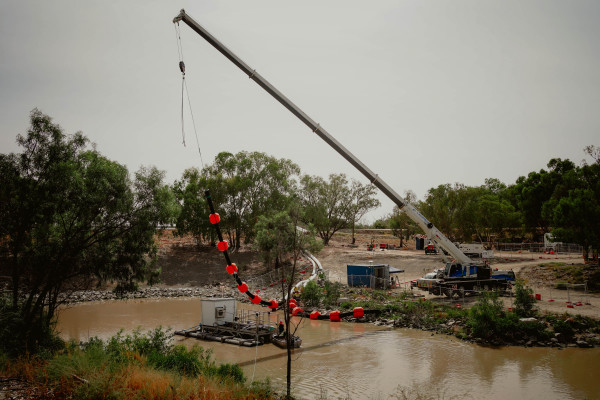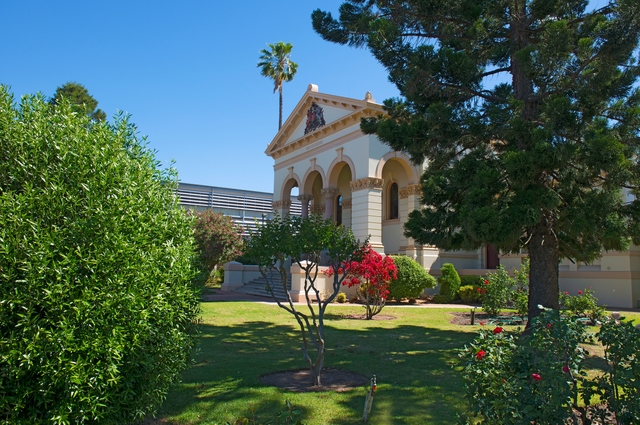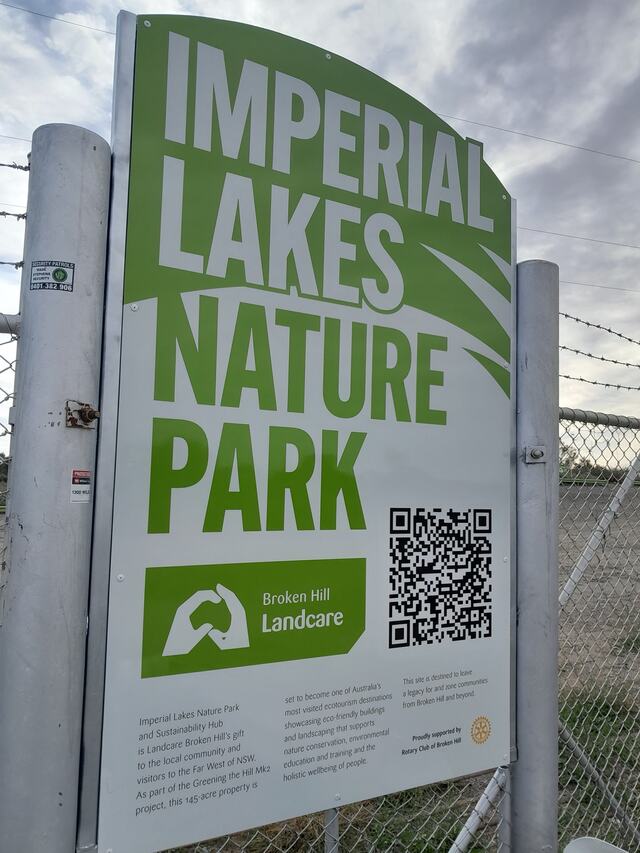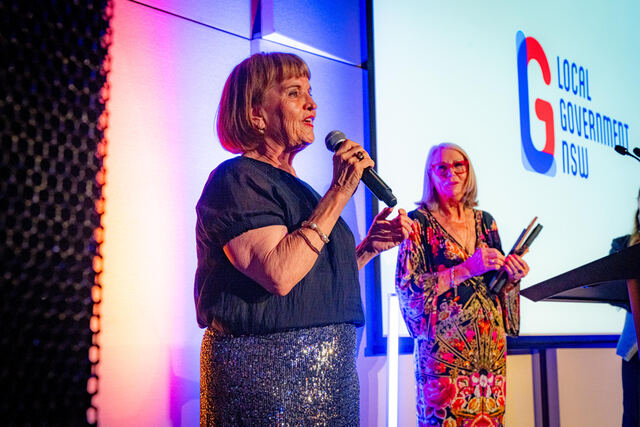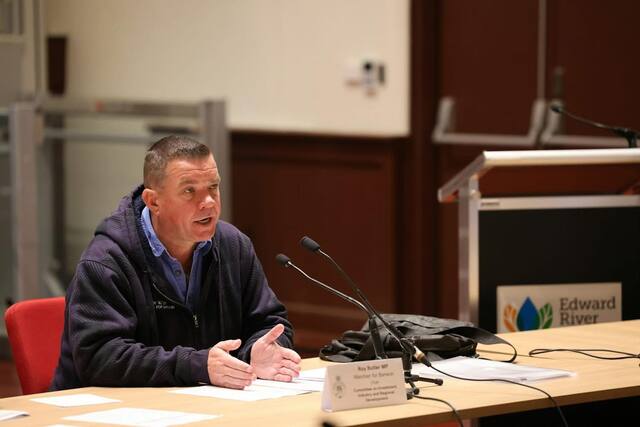DATA indicates that more than 7000 fish travelled upstream in the temporary Menindee fishway during its first season.
The fishway has been installed for a three-year trial, intended to help mitigate the risk of another mass fish kill event by allowing native fish to travel upstream.
The Department of Primary Industries and Regional Development released the findings from the fishway’s first season, noting that 7505 fish moved through the technology between February and April 2025.
The technology will help fish to travel through the fishway to find new homes, food and spawn, which can reduce the biomass in the Menindee town weir pool.
Too many fish in one pool of water can cause low dissolved oxygen levels and lead to the suffocation of the fish, resulting in mass fish kill events.
The risk of this is exacerbated when coupled with warm weather and flooding events that pull organic matter into the waterways.
As organic matter decomposes it can also reduce dissolved oxygen levels.
A combination of these factors has led to the past fish kill events in the Menindee area, including the 2023 fish kill that saw some 30 million fish die in the Darling-Baaka near Menindee.
DPIRD director of freshwater fisheries and threatened species Cameron Lay said most fish that travelled through the pipeline were native.
“Dominated by bony herring – a key totemic species for the Barkandji people – which tallied more than 2400 fish,” he said.
“Other species identified include golden perch, spangled perch, carp and goldish.”
Mr Lay said this was the first time this technology had been trialled on native freshwater fish in Australia.
“There’s still work to be done as the unit was only installed in January 2025 and operated for a short period for its first season,” he said.
“We are hopeful that its second year of operation will produce even better results.”
During the off-season, when fish weren’t migrating, the pipeline was uninstalled to undergo maintenance.
The Fishheart unit is currently undergoing maintenance including upgrades to the camera system, internal lighting arrangements and artificial intelligence which will help with fish counting and species identification.
The second year of the trial is planned to commence in September 2025 and will operate until April 2026.
The focuses of the trial in the second year will include continued monitoring and evaluation, exploring carp removal options and building community engagement.

